Endometriosis and perineal cryotherapy: March 2024
Result of a very first study carried out in Lyon.
Objectives of the study
To evaluate the effectiveness of perineal cryotherapy in reducing the intensity and duration of chronic endometriosis pain. To evaluate the effects on quality of life. To evaluate the feasibility of the technique.
Integration criteria
Women with endometriosis diagnosed by specialized transvaginal ultrasound or magnetic resonance imaging, or even by surgery. All reported symptoms of pelvic pain (dysmenorrhea, chronic pelvic pain and/or severe dyspareunia) and a deterioration in their quality of life.
Conditions of inclusion
Patients were not to have any changes in their care in the month preceding the study and throughout the study (not to introduce new hormonal medical therapy, nor to undergo surgery, nor to become pregnant). They must agree to answer a questionnaire every day for 8 weeks.
Exclusion criteria
Patients with ongoing pregnancy, Raynaud's syndrome, cryoglobulinemia, sensitivity disorders, a risk of skin fragility (alcoholism, cortisone, hemophilia, etc.) or a risk of allergy to the materials making up the device or to the cold will not be included in the study, nor will patients with cognitive impairment, difficulty understanding the instructions or using the device.
Description of the usage protocol
Participants were asked to apply the bag for a period of 3 hours per day of use for 1 month (4 weeks). This involved placing the cold pack inside the underwear against the perineum, like a sanitary napkin, with the possibility also, if the need is felt (on request), of placing it on the lower abdomen (suprapubic), or against the lower back (in front of the sacroiliac joints).
The application had to be done systematically every morning between 30 minutes and 1 hour and in the evening at bedtime for approximately 1 hour 45 minutes. In addition, it was recommended to apply the device as an additional measure as soon as the pain appeared during the day.
Monitoring and measurements
A telephone call at the start of the protocol (<D7) then in weeks 3 and 6, was scheduled for each patient to monitor the use of the device and compliance with the protocol.
A daily questionnaire was sent to each patient for 8 weeks: the first 4 weeks, the participants did not use cryotherapy, the results corresponded to the pain and quality of life data before intervention. The following 4 weeks they answered the questionnaires under the influence of cryotherapy. The following were measured during each period:
- Maximum daily pain (Visual Analogue Scale, VAS between 0 and 10): self-assessment of the maximum pain felt during the past day.
- The duration of the painful crisis of the past day (in minutes).
- Quality of life is assessed by the EHP-30 score, at the beginning of the study before the use of cryotherapy (during the first period) and at the end of the study (at the end of the 8-week questionnaire). This is a score dedicated to endometriosis and validated in French, rated out of 100: the higher the score, the lower the quality of life.
- Adverse effect or discomfort related to the device: every week
- Difficulty using the device: every week
Study results
-
An average reduction in pain of +22% 📉
The results showed a notable improvement in symptoms for several participants. Before the study, maximum daily pain was often rated between 6 and 8 on a
scale of 10. After eight weeks of using cryotherapy, the maximum pain
daily has often been reduced to 3 or 4. The duration of intense pain has also
decreased , going from several hours a day to less than an hour for some
participants . -
An average improvement in quality of life of almost 30% 🙏🏼
Quality of life (EHP-30) and sexual function (FSFI) measures showed improvements , although modest, in the majority of cases.
Compared to the initial score, this improvement is on average almost 30%
-
Changes in behavior 🤠
Some participants reported a significant reduction in the use of pain relief medications.
Cold tolerance varied, with some patients initially finding the application unpleasant but quickly adapting to the device. The holiday season and winter conditions in Lyon influenced the experience of some.
participants, due to dietary changes and alcohol consumption.
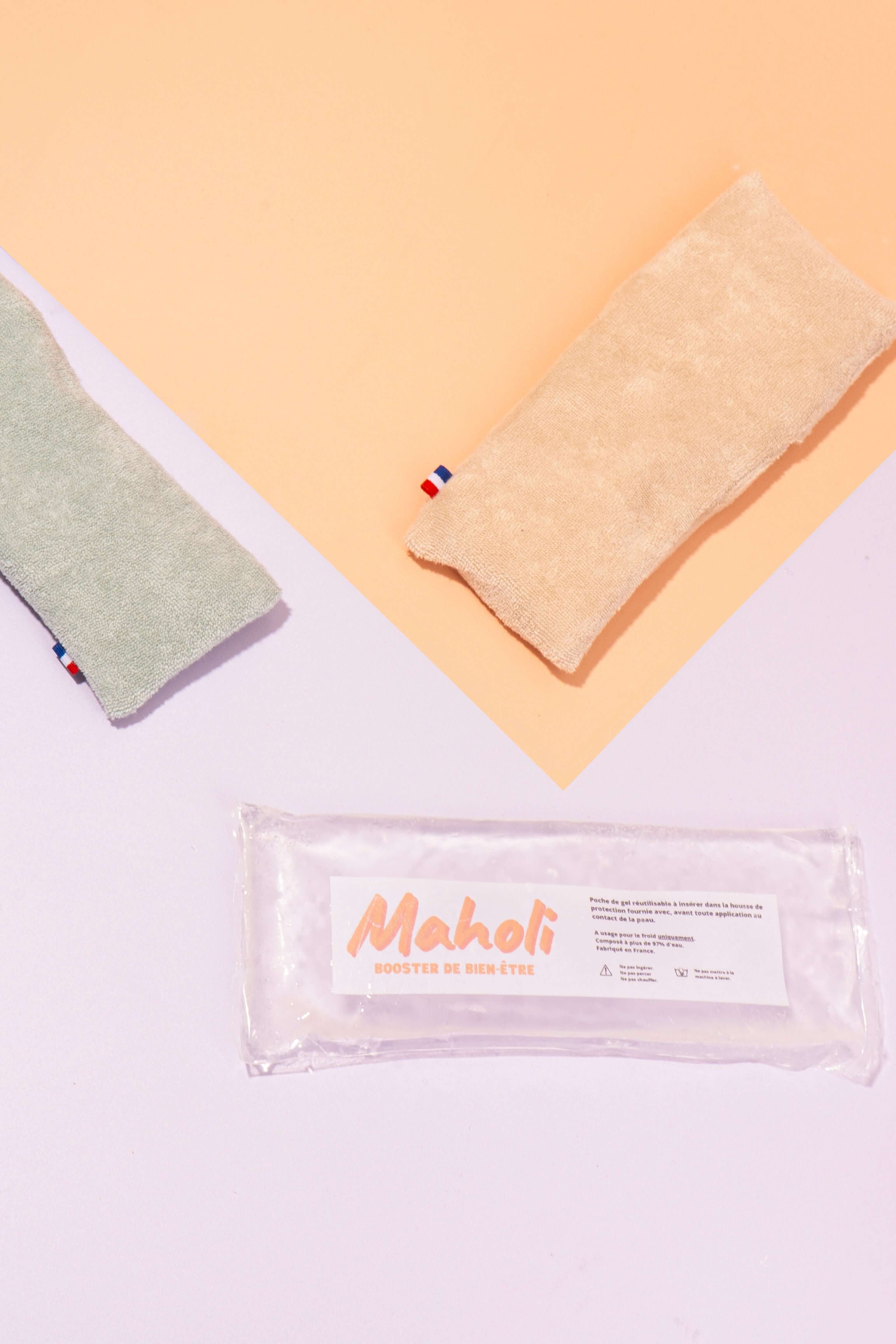
Laure
“Before, I used a hot water bottle, now I feel like cold works better than heat” Laure
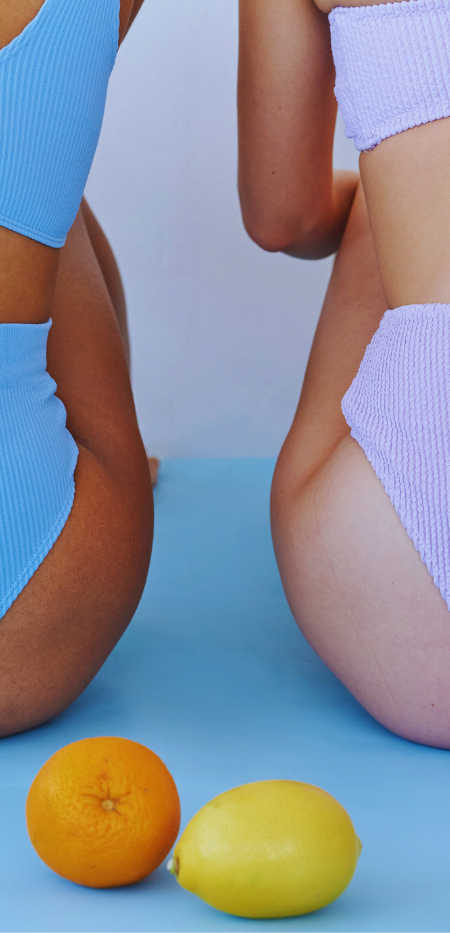
Mila
“The cold provides local relief, it feels good, even from a transit point of view.”
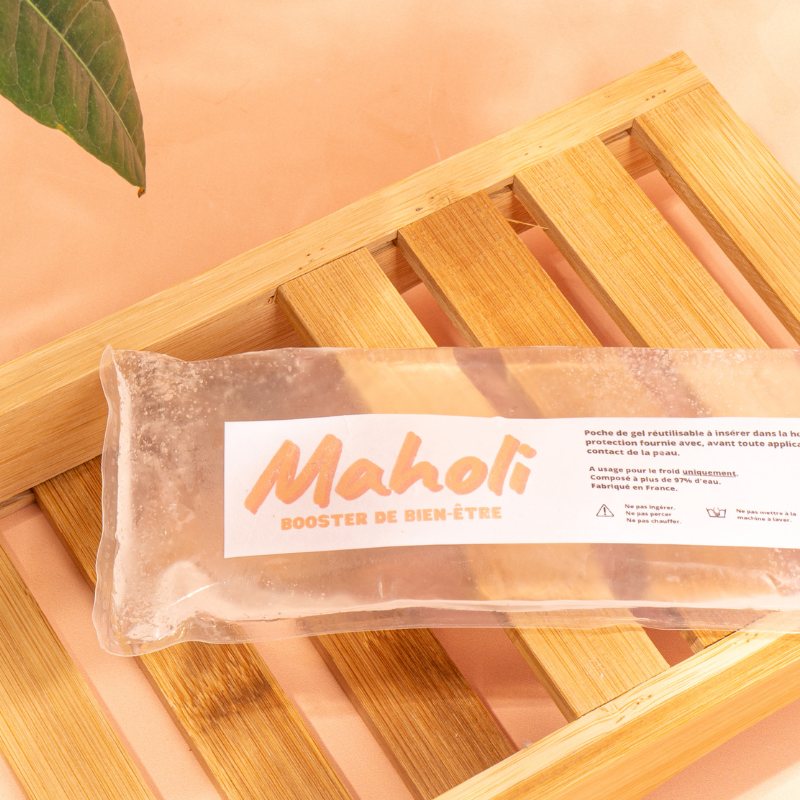
Stephanie
“It’s definitely calming and relaxing, a very special feeling, yes, it’s pleasant.”
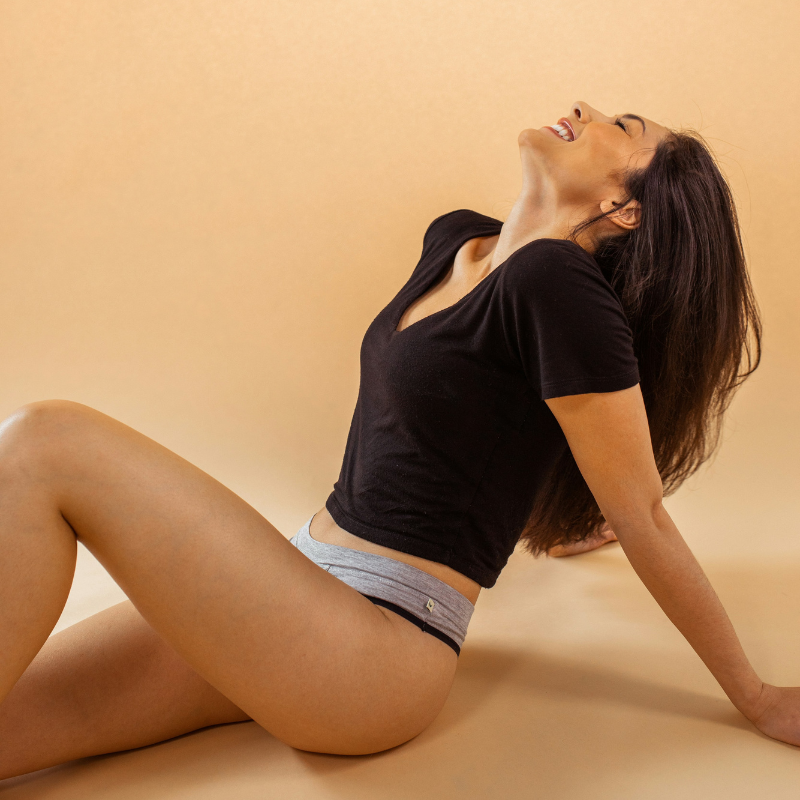
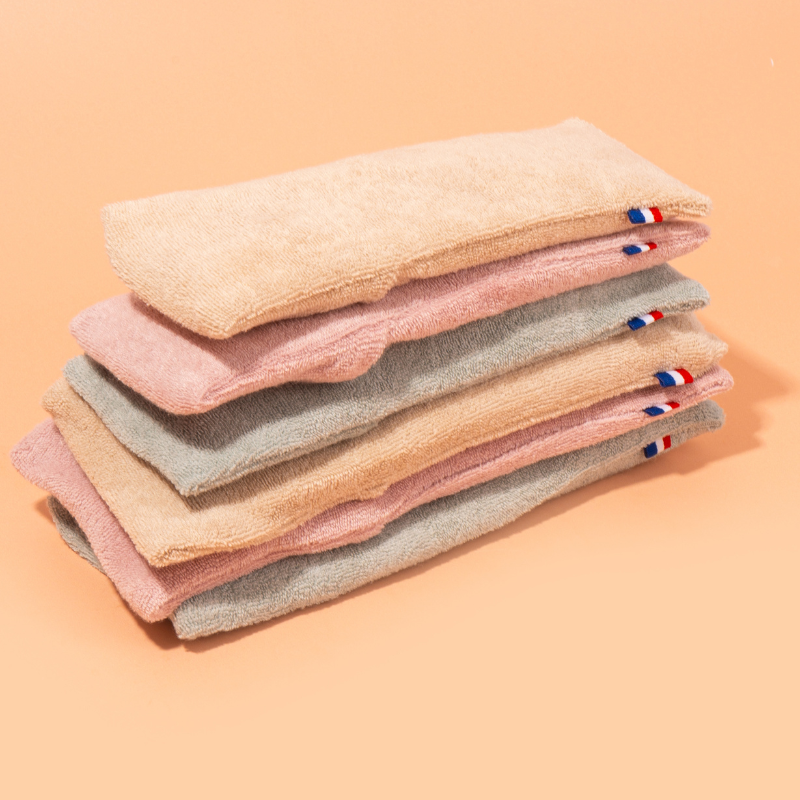
Jade
“Super good! The pocket isn't bothersome at all, you can't even feel it, even the big one.”
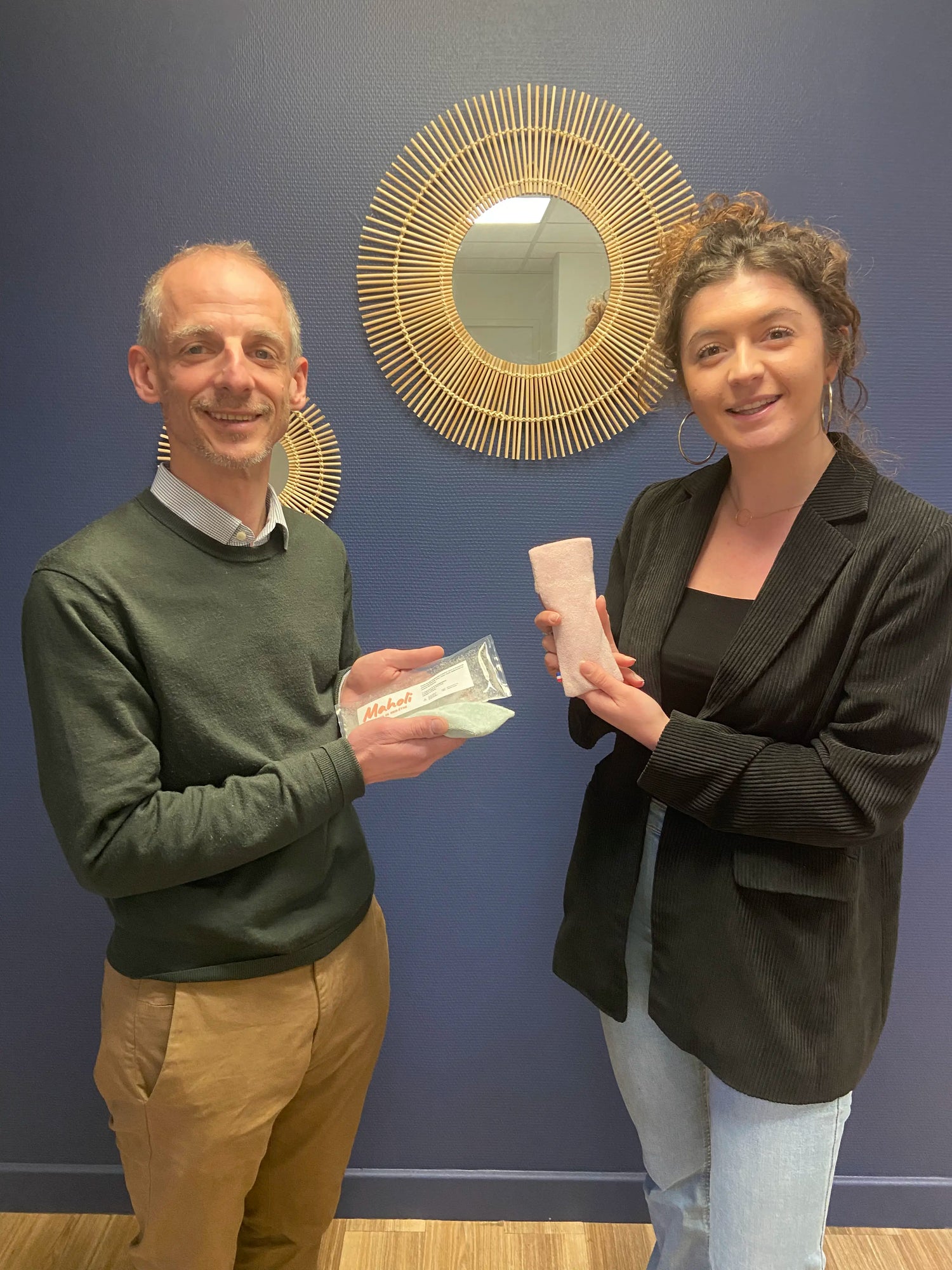
Analyses & Observations
Qualitative feedback was positive. Many participants reported a
reduction of chronic pelvic pain and acute endometriosis attacks .
They also noted improved energy, better digestion, and better quality sleep.
Some encountered initial difficulties, particularly in terms of comfort and adaptation to the cold, but found the experience beneficial after a period of acclimatization. Several expressed an interest in continuing to use the cold packs after the study .
This study demonstrated that perineal cryotherapy may be a promising complementary option for the relief of endometriosis-related pain, although technical adjustments and further research are needed to optimize its use.
Fanny, shares her experience
My name is Fanny, I'm 24 years old, and I live with endometriosis. My story begins when I was 12, five months after my first period. The pain was intense, accompanied by vomiting, and every month I missed two to three days of school, doubled over.
At 12, I saw a gynecologist for the first time. She explained to me what endometriosis was and told me that I had several symptoms. But what I remember most is how difficult it is to have children. How do I digest this information?
At 13, she prescribed me a pill to regulate my periods. I would bleed several times a month, or not bleed for a month and a half, or even two months. Years passed without improvement. At 15, I switched to taking the pill continuously for three months, followed by a week of periods, to space out my cycles.
At 15-16 years old, during my first sexual relations, I was faced with a total incomprehension: sometimes, intercourse was so painful that I had to stop. Following these first experiences, I was finally able to undergo a complete gynecological examination, followed by the classic tests: ultrasound and specialized MRI. Before the MRI, I had to do an anal enema and the same day, I received an injection of dye to observe the lesions. Result: nothing .
----
Psychologically, it's very hard. I'm in pain, it's not possible that nothing is happening. At 20, the situation is becoming unbearable. Since I was 15, I've been regularly in the emergency room, and no pain is relieved. A hormonal IUD is inserted to completely stop my periods. For two years, everything is fine, victory! But finally, the
pain returns, with increasingly frequent attacks.
The pain is becoming daily. I am prescribed a pill in addition to the IUD and I
discovers TMS electrostimulation, which relieves my pain. Despite everything, the MRIs still show nothing. I begin to doubt: am I delusional? What do I have?
----
At 23, the attacks came one after another, despite the MRIs remaining normal, and I found myself
regularly to the emergency room. To calm my pain, I was prescribed very strong painkillers, and anti-emetics for the nausea. For six months, I was "stoned." A psychologist, consulted to help me manage the pain, told me: "Madam, I'm going to end up believing that you're pretending to be sick." I left without paying. New MRI: they finally discovered a deep endometriosis lesion between the bladder wall and the uterine wall. Finally, I know what I have, and I didn't lie. The IUD was removed and I started a new pill with a different hormone molecule. I have
Improvements, but the pain wakes me up every morning and keeps me from falling asleep at night. I'm cutting back on painkillers, looking for other ways to manage the pain.
----
I meet Adèle and discover Maholi's creation. For the first time, someone says to me, " What if you added some cold? " We chat, and I tell her my story. She really listens to me. I decide to support her project and test her product as soon as it's released. Adèle delivers it to me in person and takes the time to explain everything.
I'm testing the cold for three weeks. In the morning, I do short 30-minute sessions at
an hour, which calms the pain and allows me to have a good day. In the evening,
A longer session helps me fall asleep. Thanks to this rhythm, I notice a decrease
of my painkiller consumption. Now, Flurbiprofen 100 mg is enough for me most of the time. In three weeks, I've only had one attack with vomiting, compared to three to four every two weeks before. In addition, I can anticipate attacks with the cold.
While waiting for a final solution and cure, I have found a beautiful balance between traditional medicine and Maholi. We are often told to try heat and use a hot water bottle, but sometimes cold works. I advise women to try both and choose what works best for them.
Maholi allowed me to take care of myself, to take a real break and to reconcile with my body that I had hated so much.
Here is my testimony, hoping that it inspires:
"Never give up."
